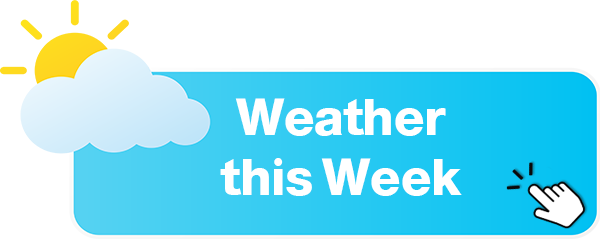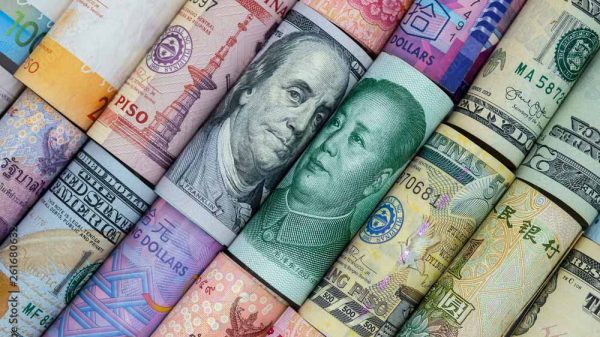The burden of credit card debt continues to haunt Americans, with a staggering $105 billion in credit card interest accumulated in the previous year alone. This alarming statistic, revealed in a recent report by the Consumer Financial Protection Bureau (CFPB), sheds light on the growing crisis of persistent credit card debt. As interest rates soar and wages fail to keep pace with inflation, many individuals find themselves trapped in a vicious cycle of debt, struggling to make meaningful progress in paying off their balances.
Escalating Debt and Shrinking Paychecks
Danielle Foskie, a registered dental hygienist from Ohio, represents countless Americans who have fallen victim to the credit card doom loop. When the COVID-19 pandemic disrupted business at her dental office, Foskie turned to credit cards to cover her expenses. However, this temporary solution quickly spiraled out of control, leaving her with a staggering $60,000 in credit card debt. Foskie’s story is a stark reminder of the financial stress and anxiety faced by individuals who find themselves drowning in debt.
Persistent Debt: A Challenging Situation
According to the CFPB report, approximately 9.9% of general-purpose credit card accounts in the United States were classified as “persistent debt” in 2022. This term refers to a situation where borrowers end up paying more in interest and fees than they can reduce in principal debt. This percentage represents a significant increase from the previous year’s 8.4%. The CFPB attributes this trend to the combination of stagnant wages, adjusted for inflation, and rising borrowing costs.
The Trap of High Interest and Fees
As individuals struggle to keep up with their credit card debt, the mounting interest and fees become an insurmountable barrier to financial freedom. The CFPB official interviewed by CNN highlighted the unfortunate reality that many people find themselves trapped in this cycle of debt, unable to escape its clutches. The burden of high interest rates and fees perpetuates the problem, making it increasingly difficult for individuals to make meaningful progress in paying down their debts.
Seeking Solutions
The alarming statistics surrounding credit card debt demand attention and action. To address this growing crisis, financial education and consumer protection are crucial. Empowering individuals with knowledge about responsible borrowing, budgeting, and debt management can help them make informed financial decisions and avoid falling into the debt trap. Additionally, regulatory measures may be necessary to ensure fair lending practices and protect individuals from predatory lending practices.
Furthermore, individuals burdened by credit card debt should explore strategies to regain control of their financial situation. This could include seeking professional advice from credit counseling agencies, negotiating lower interest rates with creditors, or consolidating debts through personal loans or balance transfers to reduce interest costs.











